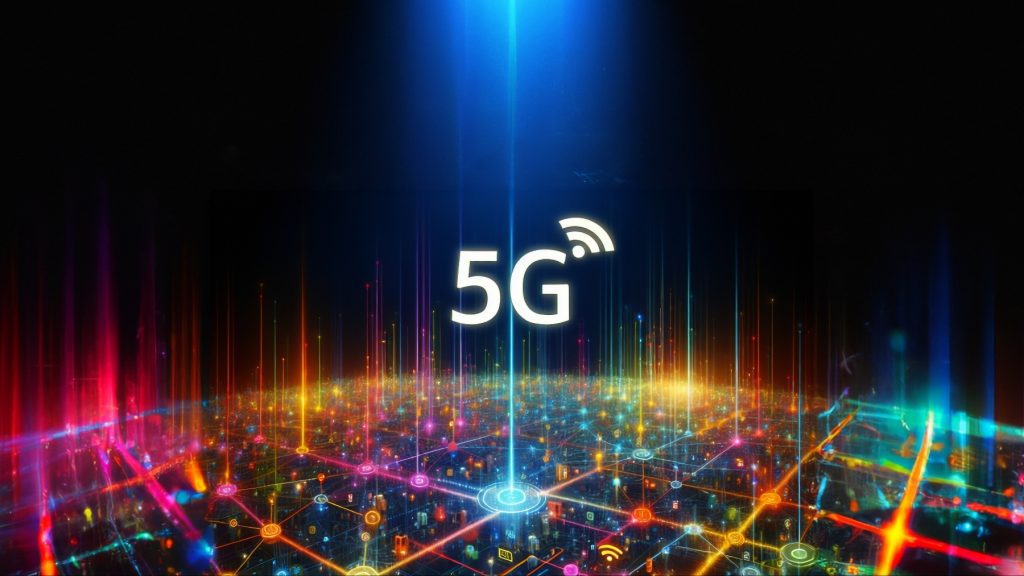
At last week’s 5G Americas Summit in Dallas, telecom leader emphasized value of the AI in telecommunication industry in advancing LTE and 5G technology across the US.
5G Americas is an industry trade organization driving the next-generation wireless standards development. It includes major telecommunications providers and manufacturers dedicated to creating a connected wireless community.
Evolution of Mobile Networks
Looking back six years to the initial 5G rollout, we see that mobile phone in the US, Canada and other regions of Latin America have transitioned to 5G services. However, some regions continue to rely on LTE service, gradually moving toward full 5G adoption.
This year’s 5G Americas conference highlighted that America’s main focus is transitioning from 5G to 5G advanced (5.5G), marking a significant evolution in wireless technology before the anticipated move to 6G by the end of the decade.
5G Advanced represents 3GPP release 18 and will soon be available in commercial products. What distinguishes this updated service is:
- Higher speeds for VR gaming
- Enhanced coverage
- 70% lower costs through reduced power consumption
- More accurate positioning
- Improved network efficiency and reliability
- Support for current 5G speeds of up to 10 Gbps
Wireless Networks AI Role
The recent 5G Americas summit centered on integrating AI into wireless networks, especially following last year’s generative AI boom, enticing the telecom industry to recognize AI’s transformative role in advancing wireless technologies.
AI in telecom networks is mainly utilized for back-end operations, but what’s even more interesting is how the telecom industry is currently moving toward a broader vision of AI-native networks rather than the plain-old cloud-native.
AI-native networks enable end-to-end data-driven decision making while embedding AI in every step of operation – including AI for network planning and digital twins’ development.
Another surprising topic at the conference was the integration of non-terrestrial networks (NTNs), such as satellite technology, into traditional cellular services. Recent partnerships highlight this trend with the most prominent one being Elon Musk’s agreement with T-Mobile for exclusive rights to Starlink mobile internet and Apple’s collaboration with Globalstar Inc. for messaging services.
Nowadays, satellite services primarily focus on emergency SOS and messaging capabilities, yet there is a potential to expand into satellite voice calling. This development will benefit users especially in areas lacking traditional cellular coverage, ultimately providing “wireless connectivity anytime and anywhere.”
Final Thoughts
5G services are definitely marking a huge step in telecommunications, elevating and reshaping the industry. Transitioning from cloud-native to AI-native networks will be a critical movement that will push network efficiency, support real-time decision-making, and improve overall user experience.
It all depends on how companies are going to include AI technologies into their systems while addressing data management challenges and privacy concerns.
The competition between companies will heat up, and the future of telecom will highly depend on those who can successfully leverage AI to give more advanced and responsive networks that meet the growing demands of consumers and businesses alike.
Inside Telecom provides you with an extensive list of content covering all aspects of the tech industry. Keep an eye on our Telecom sections to stay informed and up-to-date with our daily articles.